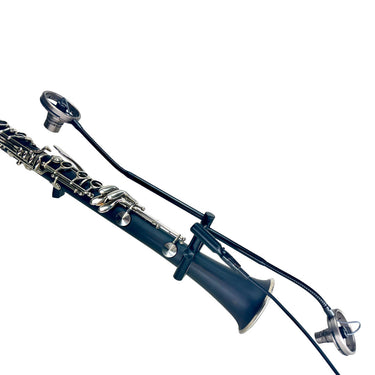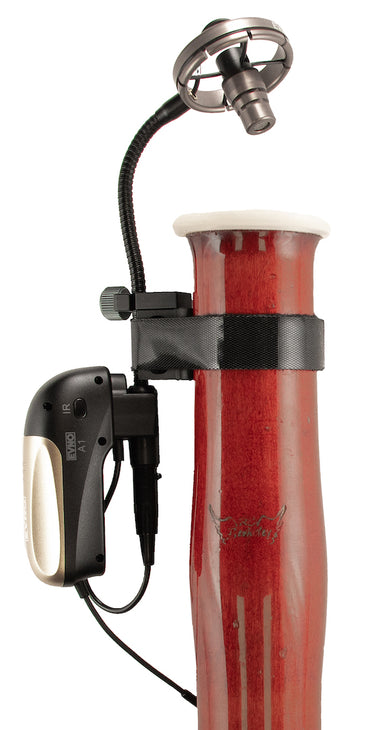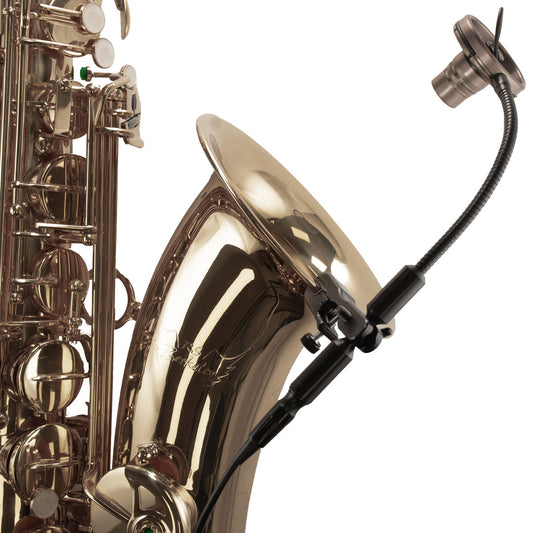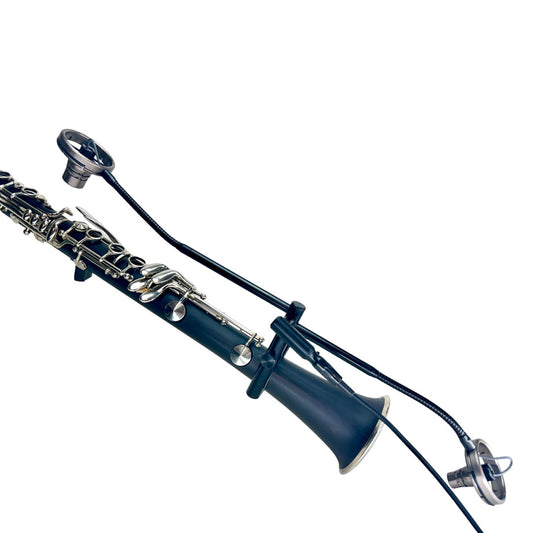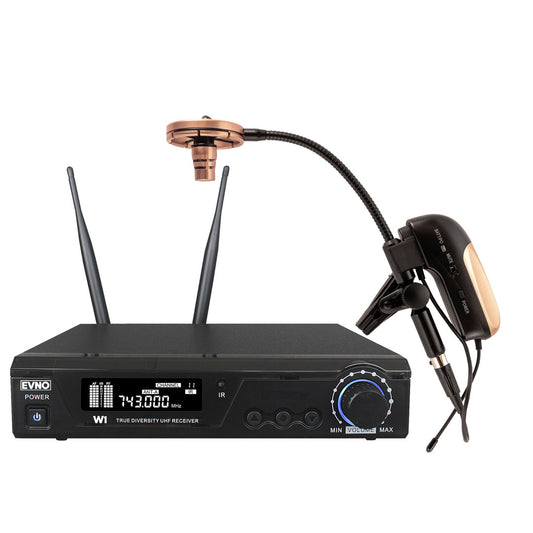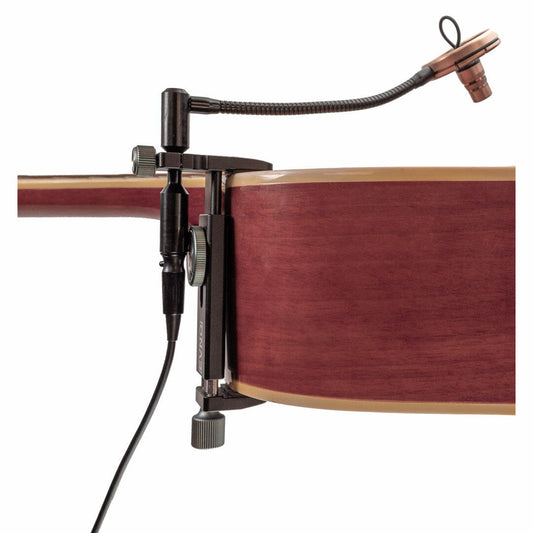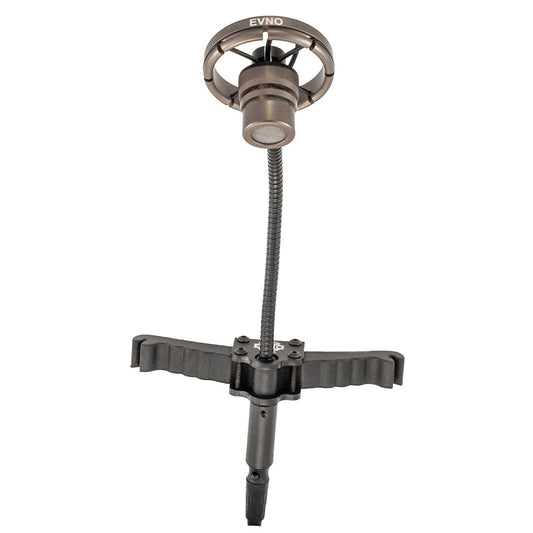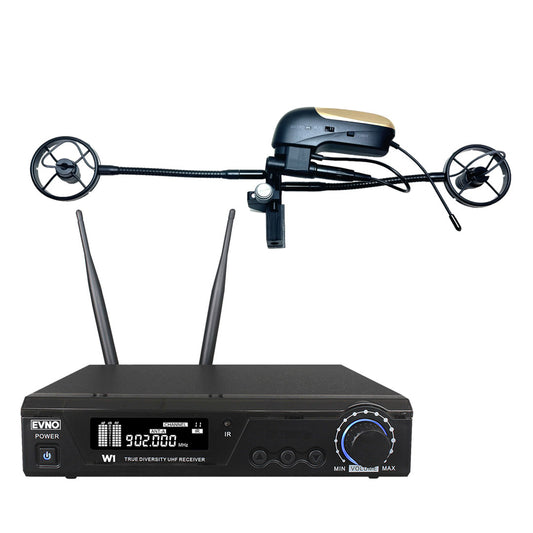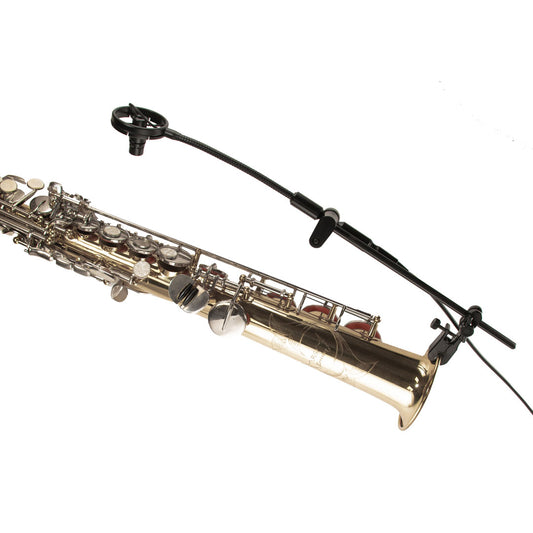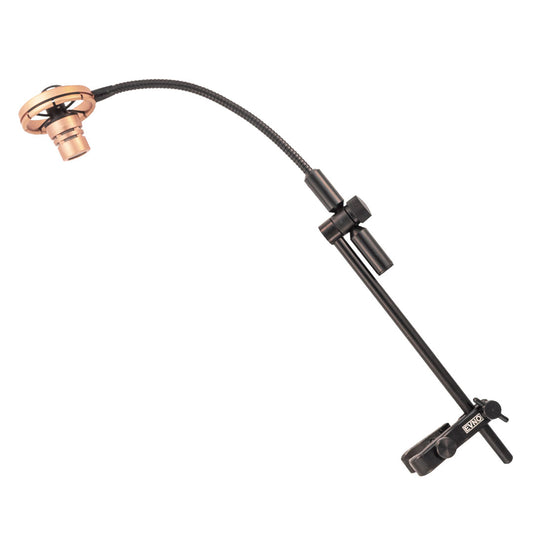Understanding the Unique Needs of Marching Band Flutes
Marching band flutes are specifically designed to withstand the rigors of outdoor performances. Unlike traditional concert flutes, these instruments need to be durable, lightweight, and resistant to environmental factors like humidity and temperature changes.
Additionally, the ergonomic design of marching band flutes often includes features that allow for easier handling during performances, enabling musicians to play while moving or in formation.
Key Features to Consider When Choosing a Marching Band Flute
When selecting a marching band flute, consider the material of the instrument. Many marching flutes are made from durable metals such as silver-plated brass, which offers both resilience and a bright sound suitable for outdoor settings.
Another key feature is the weight of the flute. A lighter instrument can significantly enhance comfort during long performances, reducing fatigue and allowing for better focus on playing.
Also, look for flutes with closed hole keys. These are generally more forgiving for beginners and can help maintain intonation while marching.
Top Brands and Models for Marching Band Flutes
Play Loud. Play Proud. Perfect Your Sound with Evno.
Marching band demands durability, projection, and resilience – and your flute needs to deliver. While concert flutes may offer delicate nuances, marching requires workhorses built to withstand weather, movement, and the roar of the field. Here are the top brands and models trusted by band directors and performers:
Top Marching Flute Brands & Models:
-
Yamaha:
-
Models: YFL-222, YFL-262 (Standard), YFL-362 (Intermediate)
-
Why they shine: Unmatched durability, consistent tone, and weather-resistant plating. Perfect for beginners and advanced marchers alike.
-
-
Gemeinhardt:
-
Models: 2SP, 3SB (Split-E)
-
Why they shine: Lightweight, ergonomic design, and excellent projection. The 3SB’s Split-E mechanism aids high-note clarity.
-
-
Pearl:
-
Models: PF-500, Quantz Serie (Model 765)
-
Why they shine: Robust construction, powerful sound, and corrosion-resistant finishes. Ideal for loud, dynamic performances.
-
-
Armstrong:
-
Models: 104 (Offset G), 304 (In-line)
-
Why they shine: Affordable reliability, focused tone, and comfortable playability – a staple in school programs.
-
Why Choose These Flutes for Marching?
-
Durability: Reinforced mechanisms & scratch-resistant finishes.
-
Projection: Designed to cut through brass and percussion.
-
Weather Resistance: Silver/nickel plating stands up to rain, heat, and sweat.
-
Ergonomics: Lightweight for hours of comfortable carrying.
Pro Tip: Even the best flute needs amplification on the field. Pair your Yamaha, Gemeinhardt, Pearl, or Armstrong with an Evno Clip-On Flute Microphone for crystal-clear sound that cuts through the mix.
Complete Your Setup → Shop Evno Flute
Maintenance Tips for Your Marching Band Flute
Proper maintenance of your marching band flute is crucial for its longevity and performance. Always clean your flute after each use to remove moisture and debris. A simple cleaning rod and cloth can do wonders.
Additionally, it's important to periodically check the pads and springs for wear and tear. If you notice any issues, it's advisable to take your flute to a professional for servicing to keep it in top shape.
Frequently Asked Questions About Marching Band Flutes
A common question is whether a beginner should start with a marching band flute or a concert flute. While both instruments are similar, a marching band flute is often recommended for those who will primarily perform in marching bands due to its specific design features.
Another frequently asked question revolves around the price range of marching band flutes. Depending on the brand and features, prices can range from around $300 to over $1,000, so it’s important to set a budget based on your needs and commitment level.







